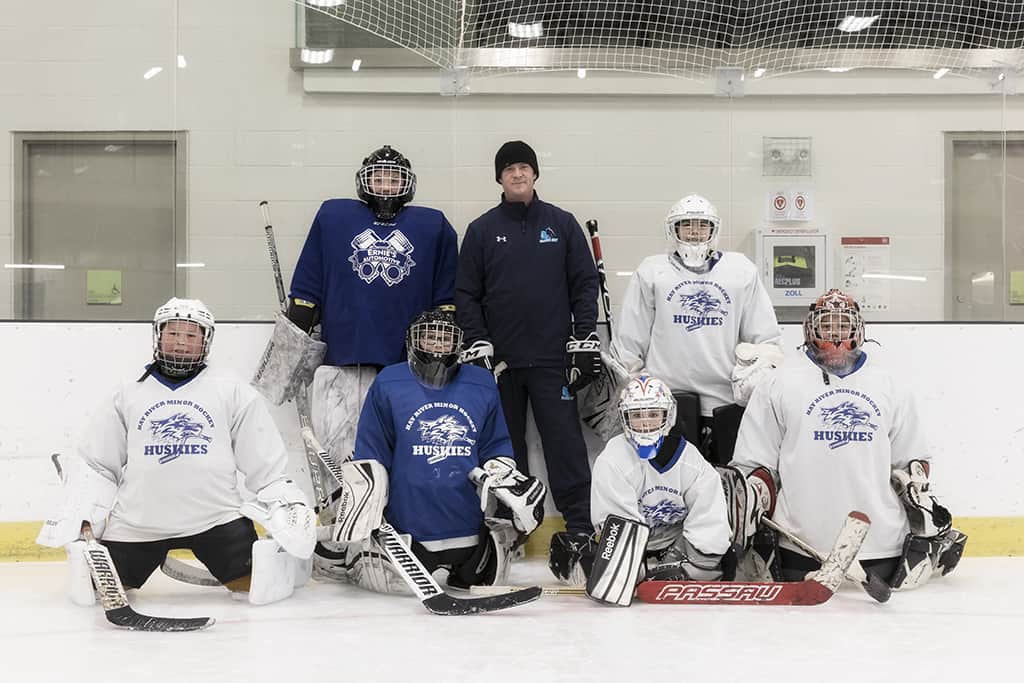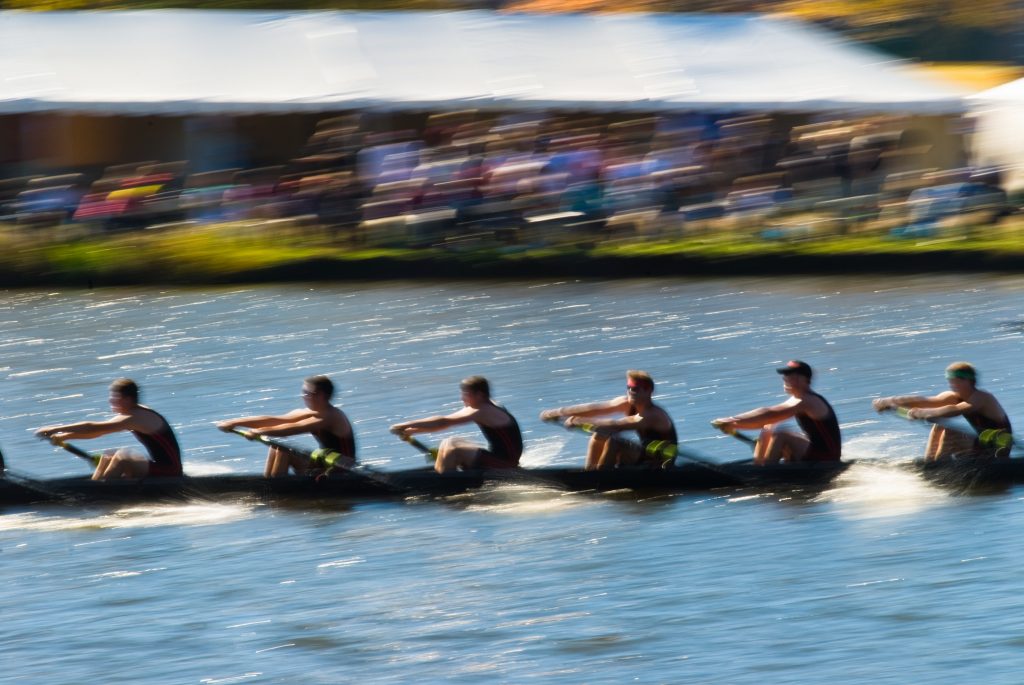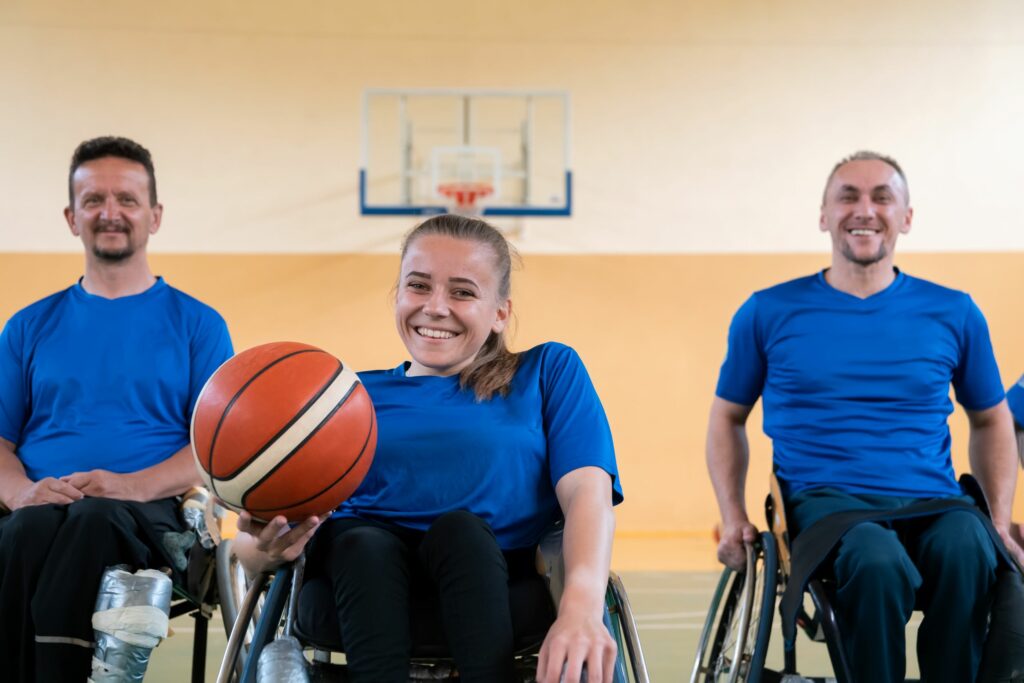P.R.A.I.S.E.
P.R.A.I.S.E. is a tool to help teachers remember the key ingredients for making physical education experiences meaningful and motivational for high school students. The acronym stands for perceived competence, relatedness, autonomy, individuality, social support and enjoyment. Teachers can use these constructs to help increase students’ motivation to participate in physical activity.
How 2 sports came together to enhance player development in the North

From February 23 to April 4, 2021, in Hay River, Northwest Territories, 7 minor hockey goalies traded in their hockey sticks for table tennis rackets. In an exciting collaboration between Table Tennis North, Table Tennis Canada, Hockey NWT, Hockey North, Hay River Minor Hockey and the Sport Information Resource Centre (SIRC), the goalies participated in a 6‑week table…
Children and youth with autism spectrum disorder
For community sport and recreation programs to be inclusive, they need to be built to support the participation of children and youth on the autism spectrum disorder (ASD). For this reason, researchers from the Canadian Disability Participation Project partnered with Ausome Ottawa to create A Blueprint for Building Quality Participation in Sport for Children and…
Parents in Sport Week
Parents in Sport Week (October 4th to 10th) is an opportunity to celebrate the parents and guardians that support youth sport participation. Parents invest significant amounts of time and money in their kids’ sport participation. But while parents of adolescent athletes report more time pressure and life stress than non-sport parents, they also report less…
National Seniors Day
Today is National Seniors Day! Seniors are integral members of the sport and recreation community, with much skill to offer as athletes and coaches. Sport and physical activity programs provide older adults with opportunities to develop strength, build social networks and travel to new environments.
Activating Safe Sport communities

Highlights In May 2021, the Sport Information Resource Centre (SIRC) announced the launch of its Community Activation Grants. This program supports sport organizations in developing and disseminating concussion and Safe Sport resources in Canadian communities. The launch was set against the backdrop of the Government of Canada’s commitment to reactivate local sport organizations, after the COVID‑19…
Data-driven decision-making: Easy as 1, 2, 3

In 2017, The Economist boldly published that data, not oil, was the world’s most valuable resource (Parkins, 2017). Sport organizations produce more data than most organizations, ranging from athlete training and performance tracking to business-related information, such as memberships and participation data (Hayduk, 2020). National and provincial/territorial sport organizations (NSOs and PTSOs) are producing and…
Moms on the move
For new moms, physical activity and social support have the potential to positively impact mental and physical health. In fact, new research shows that group exercise programs for postpartum moms may offer unique opportunities to (re)engage with exercise while navigating new childrearing responsibilities and changes to the body. If you gave birth less than 12…
Insight to inform program delivery
“Senior decision-makers in community sport organizations need to create opportunities for program leaders to share their experiences and knowledge. Staff know the barriers and challenges experienced by participants, but those barriers and challenges can persist if insights aren’t filtered up the organizational hierarchy.” – Amina Haggar, a University of Ottawa graduate student, shares insights from…
Project Echo: A movement to make Para sport a better place for all

The global COVID-19 pandemic has highlighted inequalities that many people experience, particularly the disparities experienced by persons with disabilities. According to the COVID-19 Disability Survey, over 50% of respondents noted that during the pandemic their needs weren’t being met in a number of areas related to accessibility (Abilities Centre & The Canadian Disability Participation Project, 2020)….